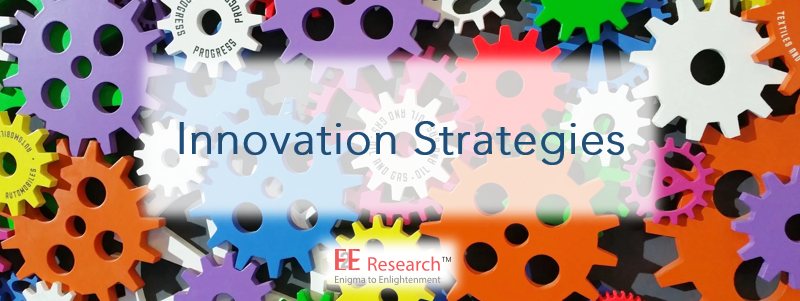
Innovate or die.
I suspect many of us have heard that quote, usually attributed to Peter Drucker.
The goal of innovation is to create products or services that have original value, perhaps in response to changing industries or solving impeding social, health, or economic challenges. With an effective strategy for bringing about that innovation, your brand can achieve real change and growth. Without an innovation strategy, well, your brand could simply wither away and disappear.
Benefits of Innovation
Is it worth the financial burden to take time away from day-to-day production to focus on innovation? Given the following benefits, successful marketing and business leaders would say yes.
- Remain relevant. In a world that’s constantly evolving culturally, economically, and politically, innovation helps brands remain relevant to people of today, not ten or fifty years ago when the brand was first launched. For example, today, brands take care to understand that gender is a social construct, not a precise measurement that dictates women use pink razors and men use black razors. And, remaining relevant means we work to understand changing consumer perceptions towards online ordering, something that really picked up over the last three years.
- Develop new products. For creative minds, one of the key benefits of innovation is creating brand new products like pet food made from insect protein. Perhaps you’ve discovered a new pain point, audience segment, journey, or channel that warrants building a for-purpose product. Even better, starting from scratch means you can build in privacy, accessibility, sustainability, and many other core features right from the beginning rather than trying to hack them in at a later date.
- Improve your existing products. Innovation is not just about creating new products. It’s also about improving the efficacy of existing products and appealing to new target audiences with those existing products. Growth comes from creating a more valuable product for your existing customers, and new value for new customers.
- Optimize your costs. Innovation can also take place in systems and processes. New methods of building a product, delivering a service, or running operations can speed things up or make them less expensive. For example, we now have the option to use automated signature tools rather than physically mailing or even emailing business contracts.
Of course, all of these benefits contribute to the growth and expansion of the business with new or more desirable revenue streams.
Benefits of an Innovation Strategy
Innovating alone is insufficient to maintain growth. Creating an effective strategy to bring those innovations to life is essential for preparing for long-term unanticipated lows and desirable highs. There are other benefits as well.
- Align everyone to the same goals. Creating an innovation strategy helps ensure efforts in all departments and groups are in keeping with the mission and vision of your business. When everyone has the same understanding of how innovation fits into the business growth strategy, every department can aim for the same, overarching goals rather than pursuing unrelated and unfocused individual goals.
- Focus resources. When everyone is aligned to the same goals, company resources, whether financial, personnel, or otherwise will be used much more wisely. Less waste, less distraction, and more energy spent in the right places.
- No resting on laurels. It’s easy to recall the good old days when you accomplished that awesome ‘thing.’ But 5 years ago is ancient in today’s world. Hundreds of new products and companies have since been launched, all of which have the potential to knock your brand out of the top 10 or top 1000 spot. You need to keep on proving that you deserve to be in the top 10 spot or someone else will. Without a strategy to stay there…. you won’t.
What Does a Successful Innovation Strategy Look Like
Though every company has a unique innovation strategy, successful strategies share a number of key characteristics.
- Continuous rather than ad hoc. Rather than developing innovations in response to external events, successful strategies have a goal of continuous improvement. Time and funds for innovation are built into every process. It’s expected at every stage from every person.
- Calculated risks. Playing it safe is rarely a good attribute of successful strategies. Be prepared to take risks along the way. Stretch your ideas just out of bounds to see what could be. Iterate, test, repeat.
- Embrace failure. Successful innovation strategies embrace every small and large failure that inevitably happens along the way, recognizing that each one is a learning opportunity. Learn from each challenge and put processes into place to ensure those mistakes can’t happen again. Seek out and embrace criticisms and challenges. Caught early, resolving small challenges will prevent massive mistakes.
- Measure the efforts. Successful strategies keep count. Count the failures, the successes, the ideas, the launches. Set fair expectations for both contributors and the leadership team around those metrics so everyone can monitor growth.
- Create and stick to timelines. Create fair timelines and stick to them. Time spent on innovations that get repeatedly delayed and never become reality are a waste of everyone’s time.
- Get stakeholder buy-in. Rather than waiting until an innovation is ready to launch, successful innovation strategies get buy-in from the leadership team from day one to ensure those innovations are in keeping with the long-term goals of the company. Without early buy-in and ongoing progress reports, those efforts could be completely wasted.
What’s Next?
Are you ready to get creative and put innovation at the top of your strategic plan? Our expert team is ready to help you gain new insights about your buyers, brands, and business that will support your next big innovation! Email your project specifications to our research experts using Projects at E2Eresearch dot com. We’d love to help you turn your enigmas into enlightenment!
Podcasts You Might Like
- How I Built This with Guy Raz
- Women in Innovation podcast
- What is Innovation with Jared Simmons
- Moonshoots Podcast: Learning Out Loud with Mike Parsons & Mark Pearson Freeland
Books You Might Like
- The Innovator’s Dilemma: When New Technologies Cause Great Firms to Fail by Clayton M. Christenson
- 101 Design Methods: A Structured Approach for Driving Innovation in Your Organization by Vijay Kumar
- Ten Types of Innovation: The Discipline of Building Breakthroughs by Larry Keeley, Helen Walters, and Ryan Pikkel.
Learn more from our case studies
- Identifying An Optimal Set of Flavor Variants to Achieve Incremental Reach | case study
- Increasing Customer Acceptance For Controversial Pet Food Format – A survey case study
- Monitoring Blockchain Adoption Over Time | A survey case study
- Stretching Brand Equity into White Spaces Using Data Fusion – A pharmaceutical data analytics case study
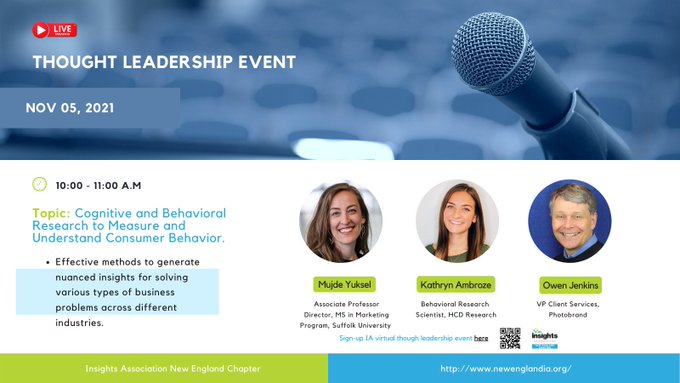

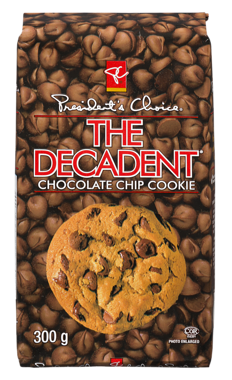 The first thing I think of when I hear the name “President’s Choice” is chocolate chip cookies. Thirty-five years ago, when this store brand first appeared on Canadian Loblaw’s shelves, it packed more chocolate chips into their cookies than any other brand. Even more than the name brand cookies. (Even more than my mom’s home baked cookies.) It was the only “brand” of cookie that any Canadian kid wanted.
The first thing I think of when I hear the name “President’s Choice” is chocolate chip cookies. Thirty-five years ago, when this store brand first appeared on Canadian Loblaw’s shelves, it packed more chocolate chips into their cookies than any other brand. Even more than the name brand cookies. (Even more than my mom’s home baked cookies.) It was the only “brand” of cookie that any Canadian kid wanted.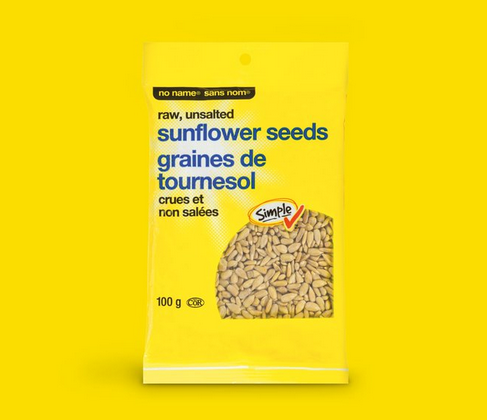 And what about No Name products?
And what about No Name products?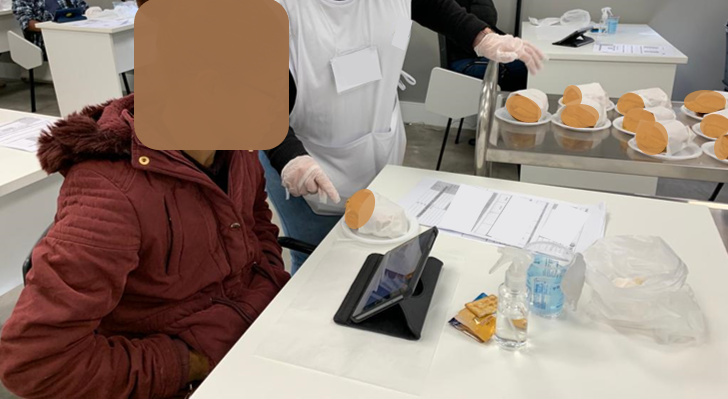




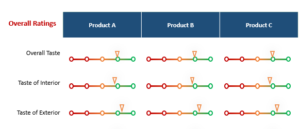

 As the name suggests, individual interviews are in-depth conversations between a trained moderator and one other person. If the product or service is specifically designed for 2 or 3 people to use together, dyads or triads with colleagues, best friends, children, partners, or spouses may be used as well.
As the name suggests, individual interviews are in-depth conversations between a trained moderator and one other person. If the product or service is specifically designed for 2 or 3 people to use together, dyads or triads with colleagues, best friends, children, partners, or spouses may be used as well.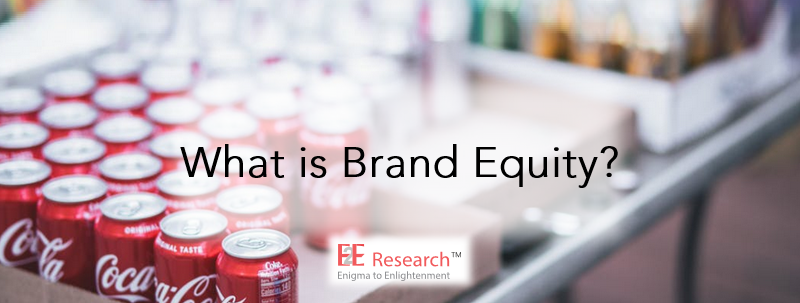
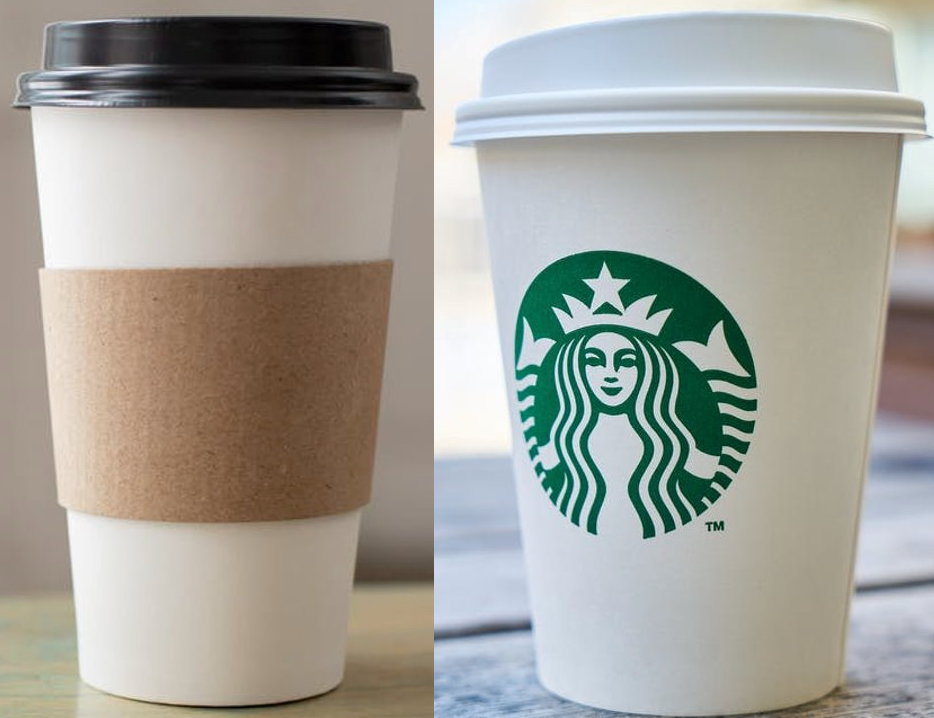
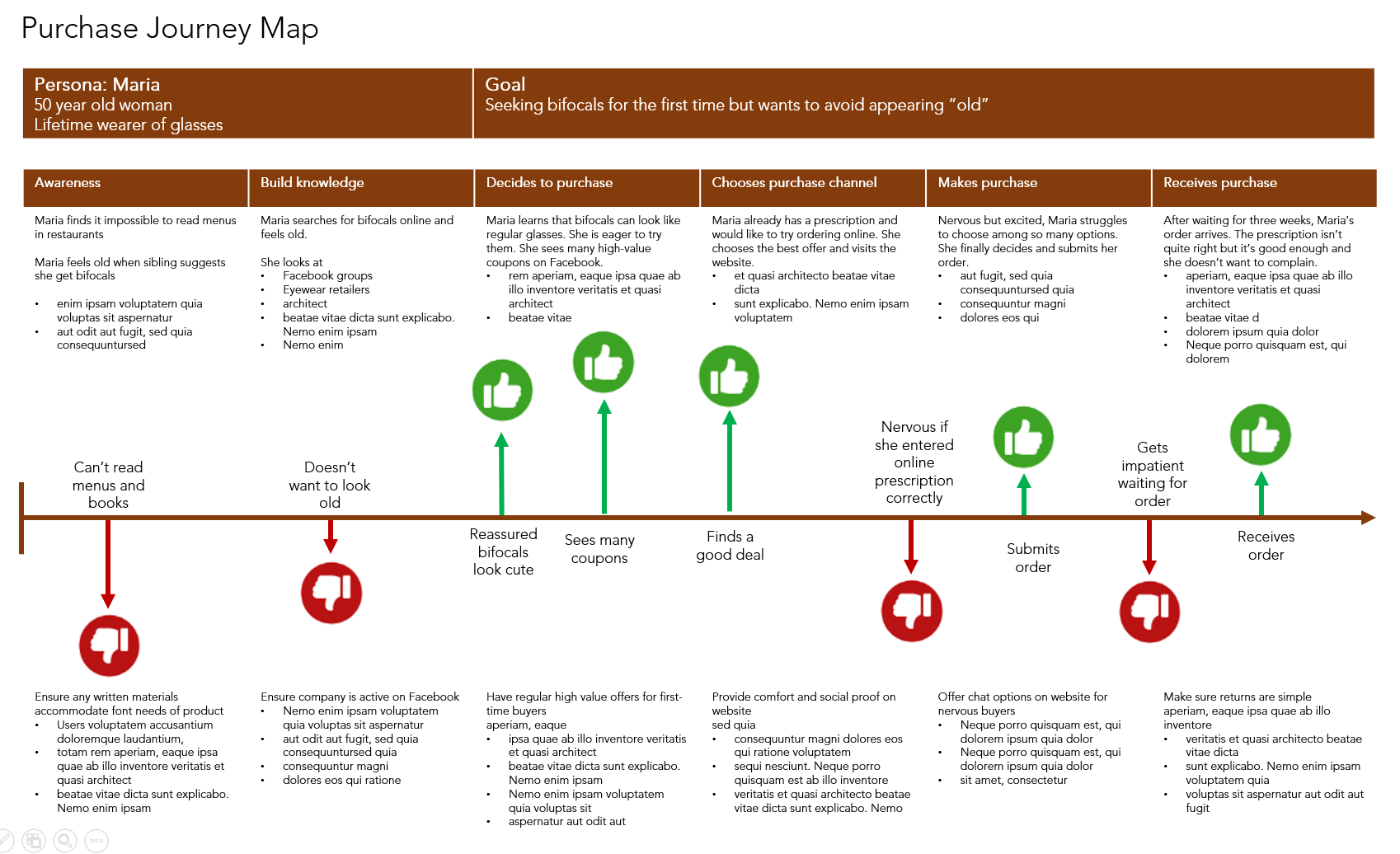

 Amazon: Since starting up as a book seller, Amazon’s focused effort on meeting customer needs has resulted in amazing brand equity. Because of their unquestioning return policies, unending selection, and ability to get product in hand in mere hours, customers are fiercely loyal. That’s positive brand equity.
Amazon: Since starting up as a book seller, Amazon’s focused effort on meeting customer needs has resulted in amazing brand equity. Because of their unquestioning return policies, unending selection, and ability to get product in hand in mere hours, customers are fiercely loyal. That’s positive brand equity. Apple: Apple is another great example of a company with positive brand equity. Their customers are massively loyal. Even though Apple products are known to be pricey, customers line up every time a new product is released even if their existing product still works great. Customers trust the quality, reliability, and functionality of Apple products and remain loyal customers for years. Why? Because Apple focuses on creating innovative, self-explanatory products that meet customer needs every single time.
Apple: Apple is another great example of a company with positive brand equity. Their customers are massively loyal. Even though Apple products are known to be pricey, customers line up every time a new product is released even if their existing product still works great. Customers trust the quality, reliability, and functionality of Apple products and remain loyal customers for years. Why? Because Apple focuses on creating innovative, self-explanatory products that meet customer needs every single time.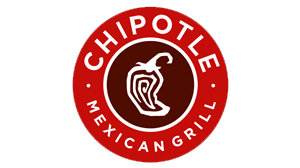 Chipotle: In 2015, Chipotle experienced a food poisoning crisis which led to a $25 million federal fine. After years of positive growth, that crisis caused the brand value to decline sharply. It was several years before they managed to regain consumer trust, and recover and grow their brand value. This is a great example of positive brand equity turned negative and then reverting to positive again.
Chipotle: In 2015, Chipotle experienced a food poisoning crisis which led to a $25 million federal fine. After years of positive growth, that crisis caused the brand value to decline sharply. It was several years before they managed to regain consumer trust, and recover and grow their brand value. This is a great example of positive brand equity turned negative and then reverting to positive again. McDonald’s: Though McDonald’s has been the #1 burger chain for years, they struggle with ongoing negative brand equity. Customers and consumers have complained about unhealthy food options for decades, and that perception seems relenting no matter how McDonald’s tries to head it off.
McDonald’s: Though McDonald’s has been the #1 burger chain for years, they struggle with ongoing negative brand equity. Customers and consumers have complained about unhealthy food options for decades, and that perception seems relenting no matter how McDonald’s tries to head it off.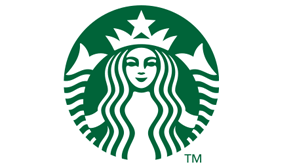 Starbucks: Want some high-priced coffee? Well, Starbucks customers are willing to pay a premium because they love the high-quality product and they love the top-notch customer experience – even when their name is accidentally (deliberately?) misspelled on their cup. Whether you’re a customer or not, everyone immediately recognizes the logo of this high equity brand.
Starbucks: Want some high-priced coffee? Well, Starbucks customers are willing to pay a premium because they love the high-quality product and they love the top-notch customer experience – even when their name is accidentally (deliberately?) misspelled on their cup. Whether you’re a customer or not, everyone immediately recognizes the logo of this high equity brand.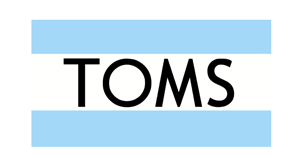 Toms: People love the Toms shoe company. Why? Not only do they make a great shoe, they donate a pair of shoes with every purchase. This human centered value makes customers feel good about their purchases, and keeps them coming back again and again to support a company that matches their own values.
Toms: People love the Toms shoe company. Why? Not only do they make a great shoe, they donate a pair of shoes with every purchase. This human centered value makes customers feel good about their purchases, and keeps them coming back again and again to support a company that matches their own values.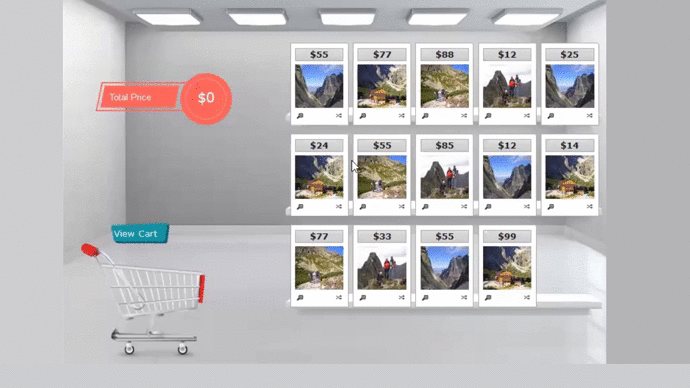

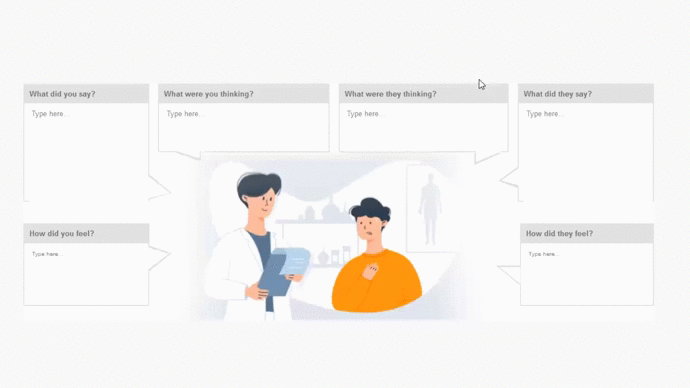
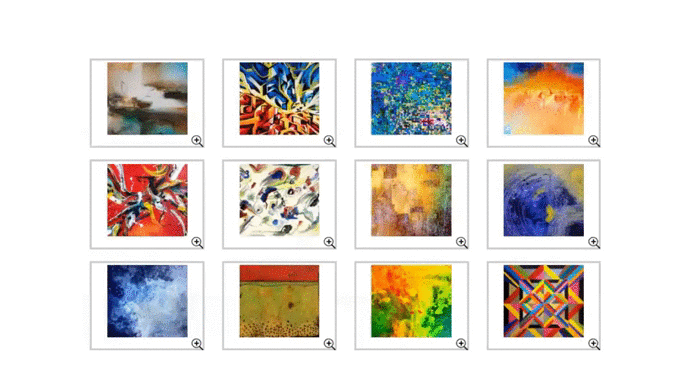
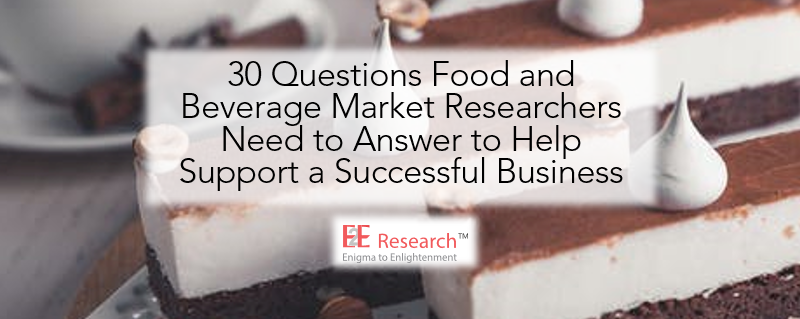
 At the heart of a successful food or beverage business is a carefully researched and designed product that meets the key needs of its target audience – yes, even food and beverages products have key needs. By conducting
At the heart of a successful food or beverage business is a carefully researched and designed product that meets the key needs of its target audience – yes, even food and beverages products have key needs. By conducting  Before a new food or beverage product is even launched, it’s important to understand the perceptions of all key stakeholders. From eaters to shoppers and those who will be preparing or recommending the product, it’s imperative that each group understand the benefits and drawbacks of the product to ensure maximum success. Using questionnaires,
Before a new food or beverage product is even launched, it’s important to understand the perceptions of all key stakeholders. From eaters to shoppers and those who will be preparing or recommending the product, it’s imperative that each group understand the benefits and drawbacks of the product to ensure maximum success. Using questionnaires,  Every food and beverage product exists within a broad ecosystem of competitive brands and companies. By
Every food and beverage product exists within a broad ecosystem of competitive brands and companies. By  With a great food or beverage innovation and a well understand target audience, a marketing campaign is often required to reach out to a wider audience and introduce the masses to your offering. Using questionnaires or data analytics, a number of key questions can be answered:
With a great food or beverage innovation and a well understand target audience, a marketing campaign is often required to reach out to a wider audience and introduce the masses to your offering. Using questionnaires or data analytics, a number of key questions can be answered: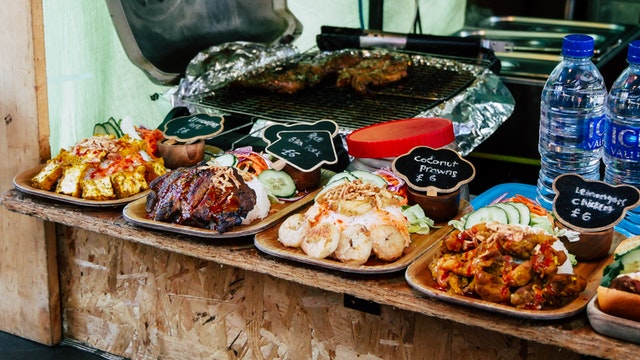 There is more to pricing than picking a number that will generate profit. A price that is too high can reduce recommendations from friends and family. A price that is too low leaves achievable profit on the table. A final price can only be determined by understanding your true profit margin, market pricing, and stakeholder needs. To build the most effective pricing strategy for your new food or beverage, conduct the appropriate surveys, interviews, and secondary research first.
There is more to pricing than picking a number that will generate profit. A price that is too high can reduce recommendations from friends and family. A price that is too low leaves achievable profit on the table. A final price can only be determined by understanding your true profit margin, market pricing, and stakeholder needs. To build the most effective pricing strategy for your new food or beverage, conduct the appropriate surveys, interviews, and secondary research first.
 Simply put, personas are short, simple descriptions of a group of targeted people but written as if they were describing one single person. The best personas are grounded in quantitative and qualitative research and summarize the demographics, psychographics, motivations, needs, and goals of those people. You might also see them referred to as Buyer Personas, Customer Personals, Patient Personas, User Personas, or something similar.
Simply put, personas are short, simple descriptions of a group of targeted people but written as if they were describing one single person. The best personas are grounded in quantitative and qualitative research and summarize the demographics, psychographics, motivations, needs, and goals of those people. You might also see them referred to as Buyer Personas, Customer Personals, Patient Personas, User Personas, or something similar. Depending on the size and complexity of your business, you might need 1 or 2 personas or 15 to 20 personas.
Depending on the size and complexity of your business, you might need 1 or 2 personas or 15 to 20 personas.

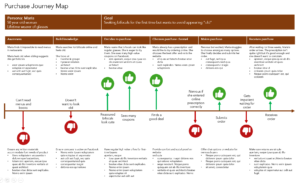 Nearly any journey wherein people progress through a set of stages, interacting with channels or people, over a short or long time frame to accomplish a goal can be mapped. Here are just a few of the more common journey maps that marketers and brand managers use.
Nearly any journey wherein people progress through a set of stages, interacting with channels or people, over a short or long time frame to accomplish a goal can be mapped. Here are just a few of the more common journey maps that marketers and brand managers use.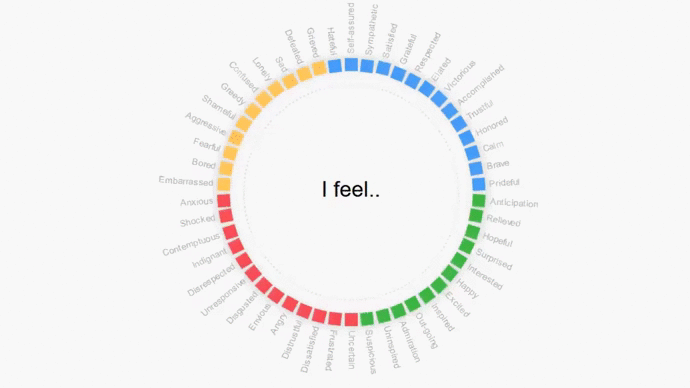

 Well, we know that people don’t care about everything. They care about things that are particularly relevant to their situation – their demographics, their psychographics, their hobbies, their political views, their geographical location.
Well, we know that people don’t care about everything. They care about things that are particularly relevant to their situation – their demographics, their psychographics, their hobbies, their political views, their geographical location. There are many benefits of a market segmentation but what follows are a few key benefits. Segmentation allows you to:
There are many benefits of a market segmentation but what follows are a few key benefits. Segmentation allows you to: Consumers, customers, companies, and markets can be described in many different ways. However, without these four characteristics, a segmentation strategy is sure to fail. As you build your model, make sure it incorporates each of these four requirements.
Consumers, customers, companies, and markets can be described in many different ways. However, without these four characteristics, a segmentation strategy is sure to fail. As you build your model, make sure it incorporates each of these four requirements. Common variables: Age, gender, ethnicity, education, income, occupation, family size,
Common variables: Age, gender, ethnicity, education, income, occupation, family size,  Common variables: Region, country, state, city, neighborhood, zip.
Common variables: Region, country, state, city, neighborhood, zip.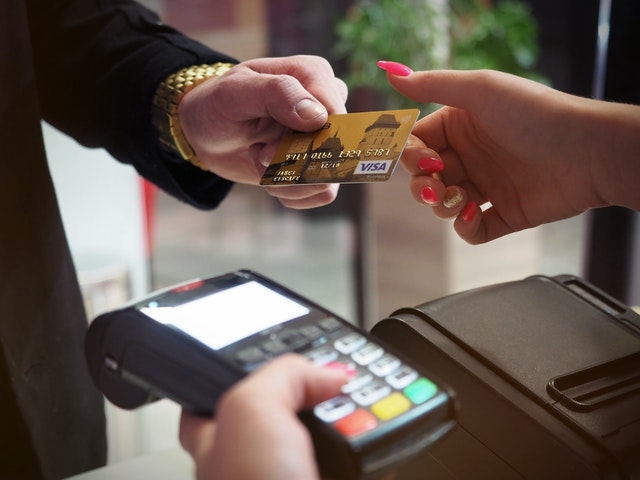 Common variables: Product use or frequency, purchase behaviors, coupon use, retailer visits, lifestyle behaviors, hobbies.
Common variables: Product use or frequency, purchase behaviors, coupon use, retailer visits, lifestyle behaviors, hobbies. Psychographic Variables
Psychographic Variables Business Variables
Business Variables